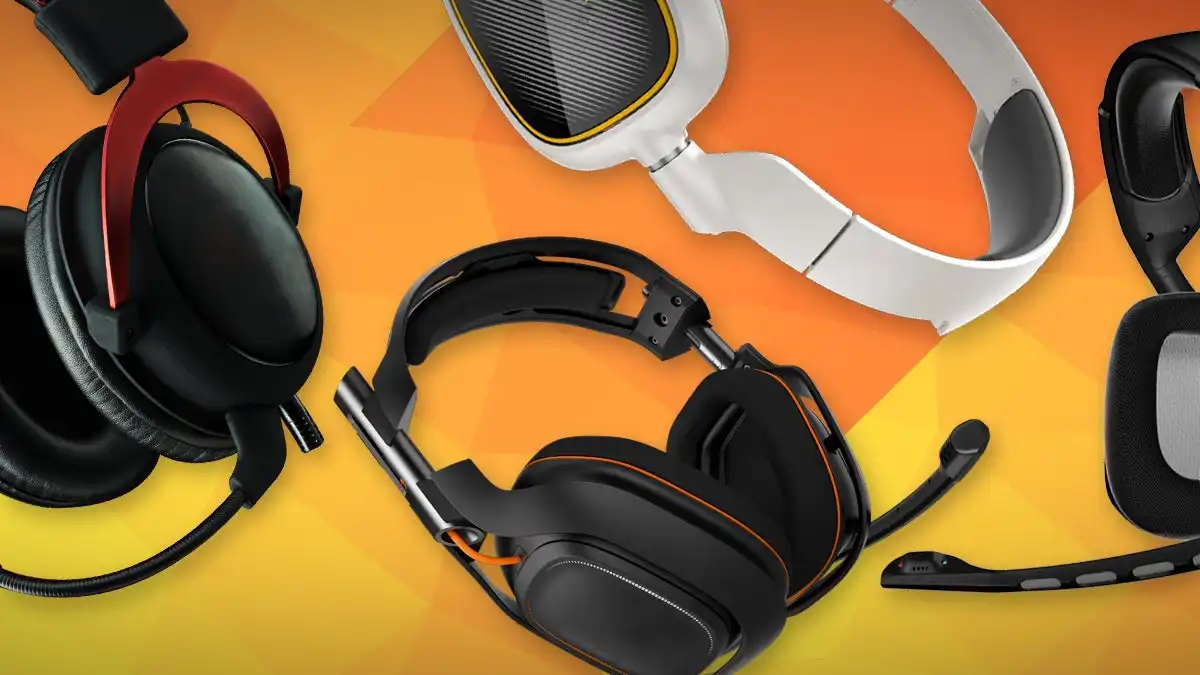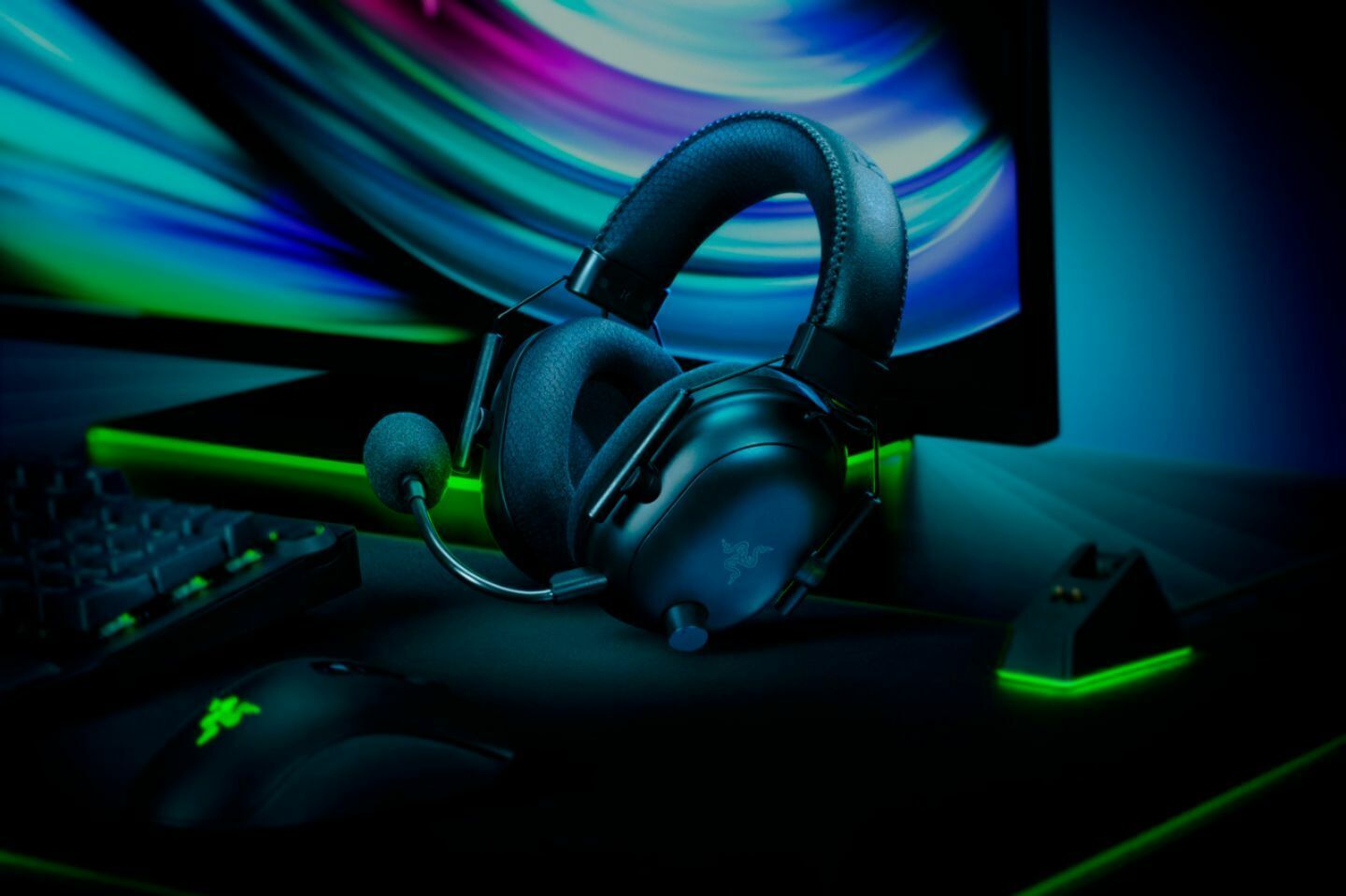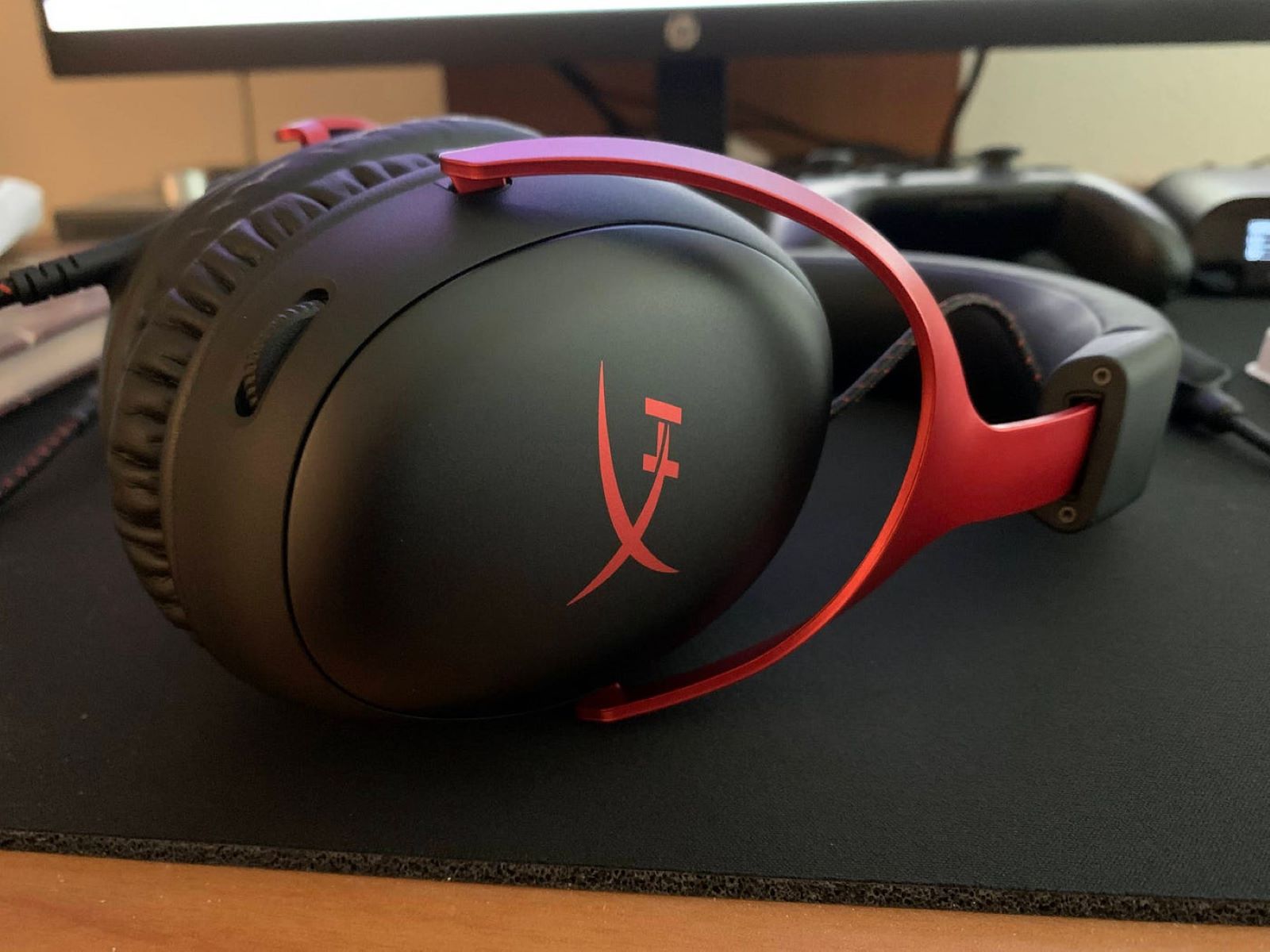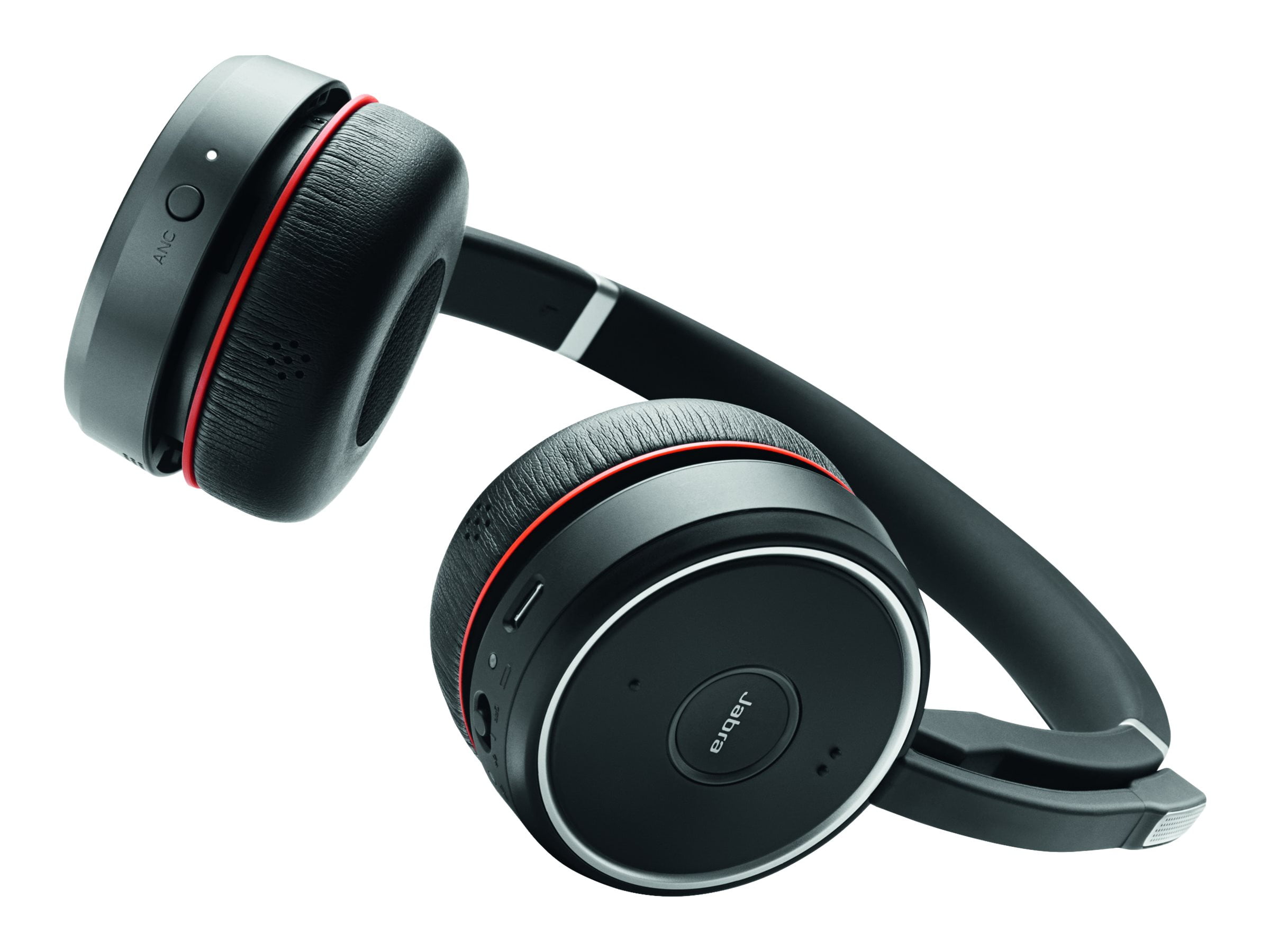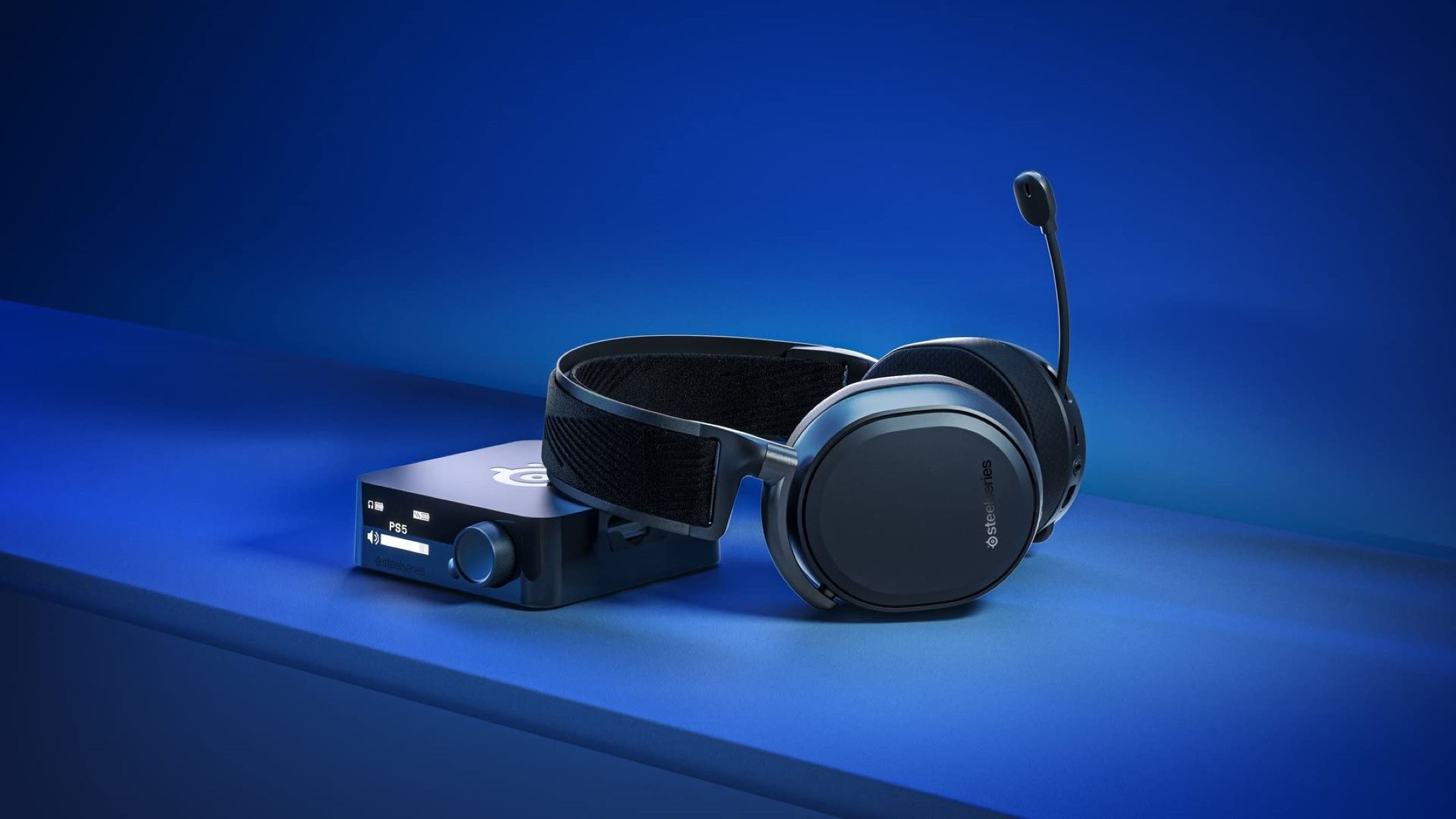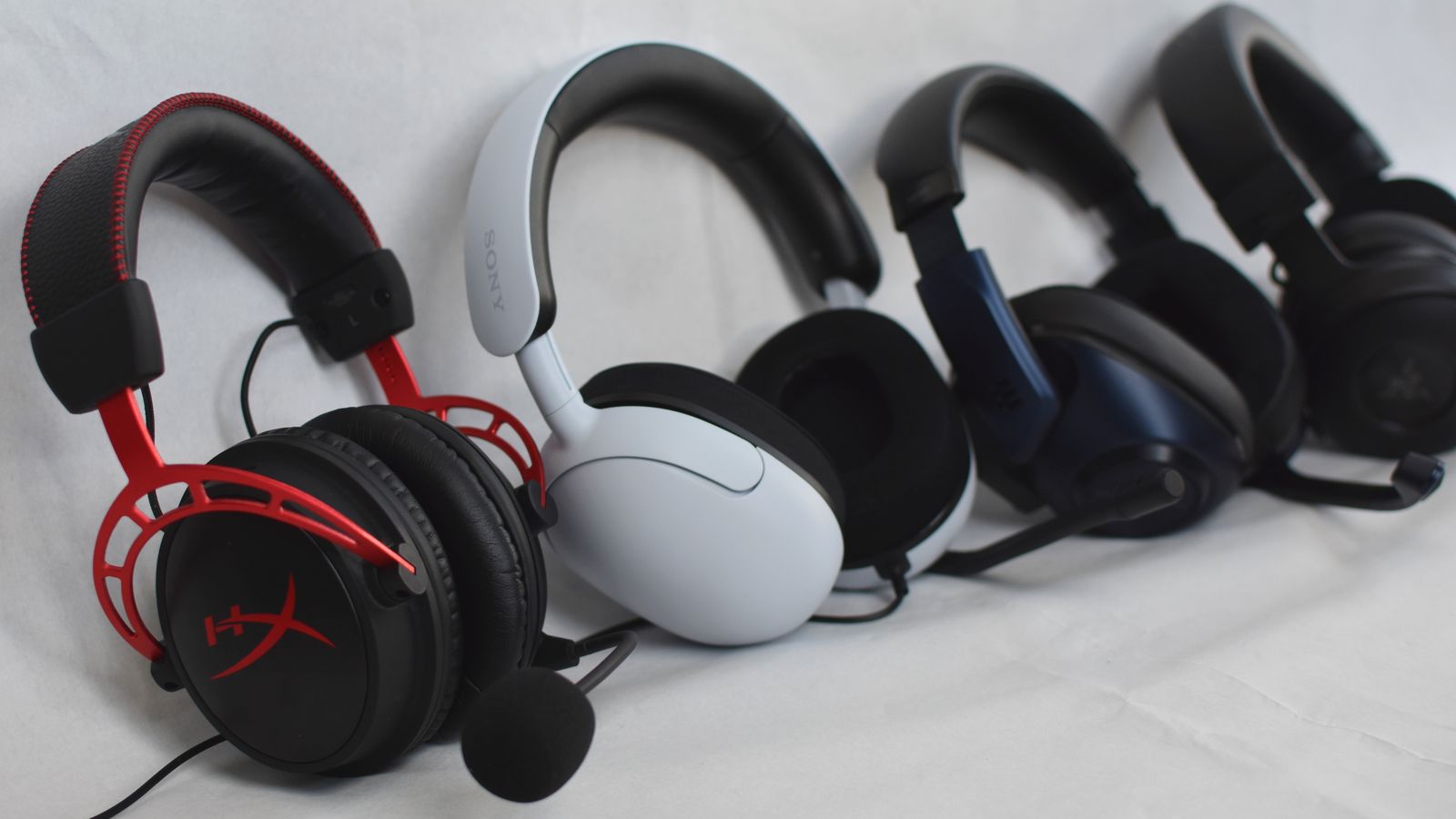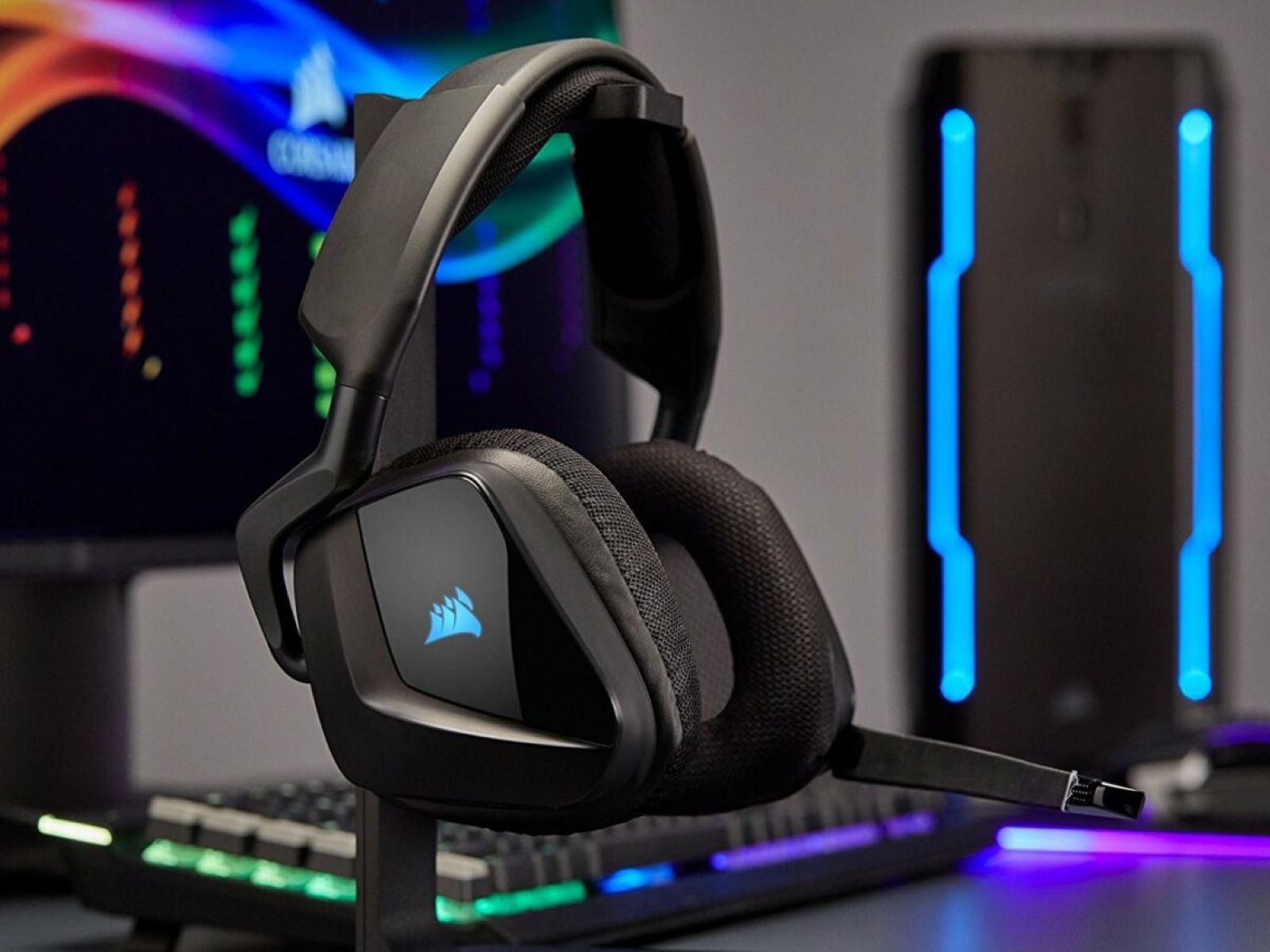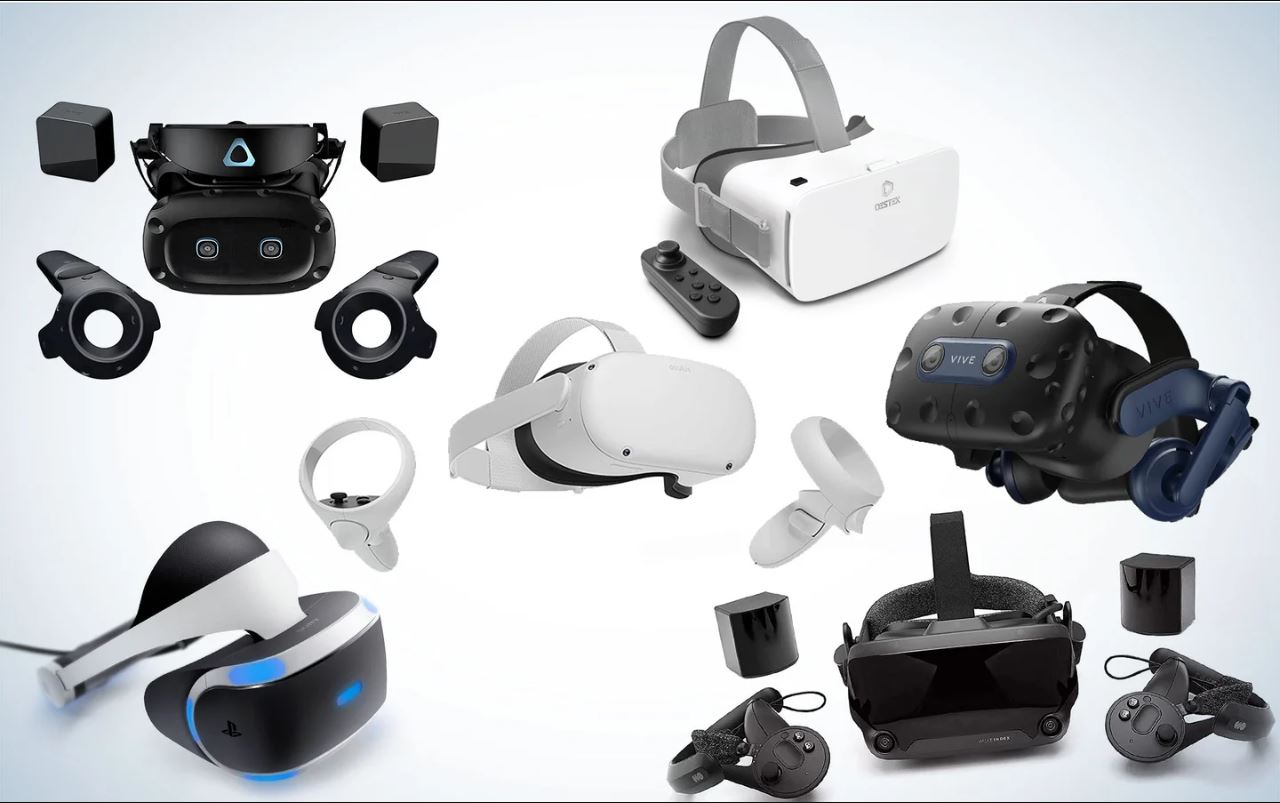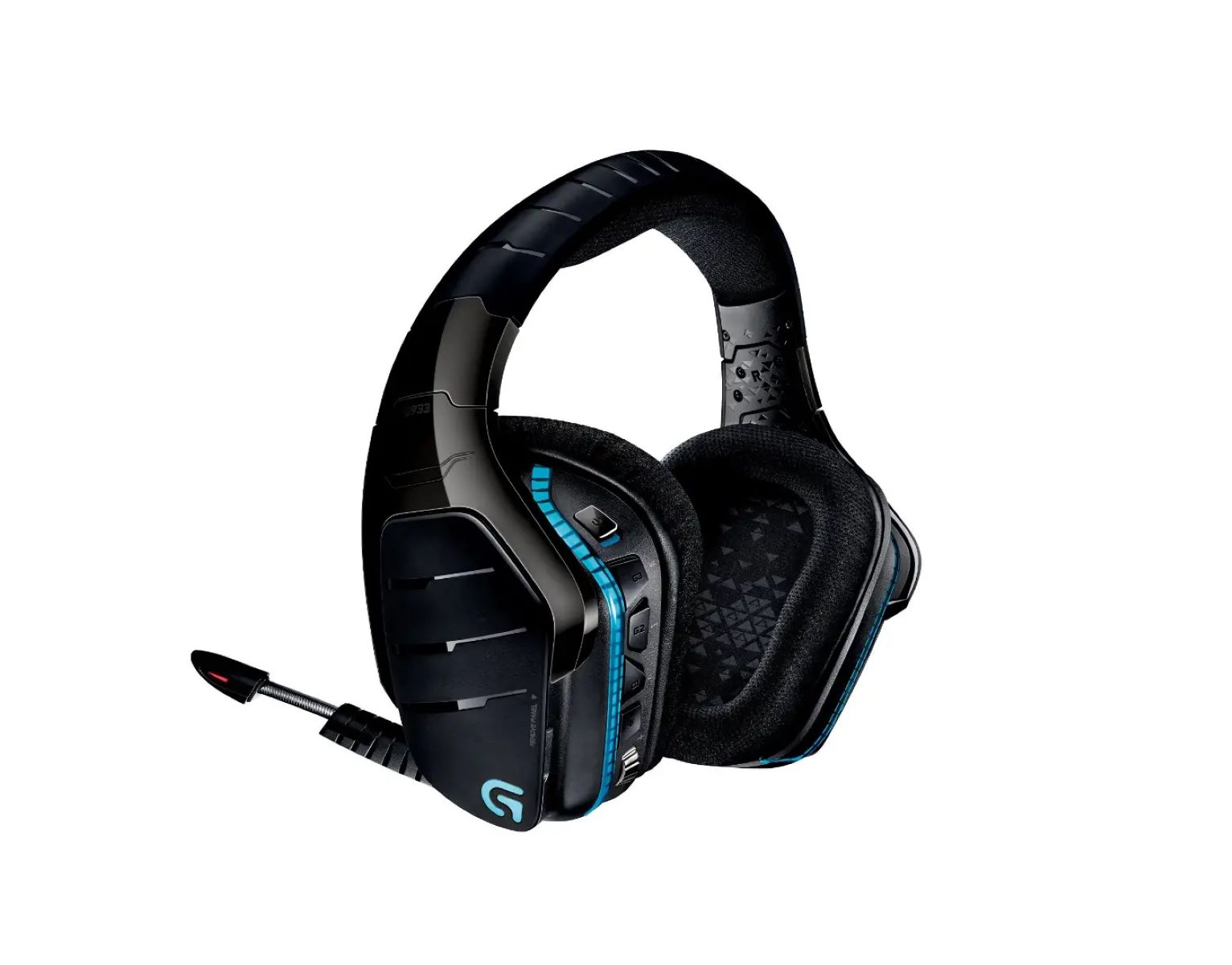Understanding Audio Enhancement
Audio enhancement refers to the process of improving the sound quality of your headset to achieve a more immersive and enjoyable listening experience. Whether you are a music enthusiast, a gamer, or someone who frequently engages in virtual meetings, enhancing your headset's audio can significantly elevate your overall audio experience. By understanding the various methods and techniques for audio enhancement, you can make informed decisions to optimize your sound quality.
Audio enhancement encompasses a range of strategies aimed at refining the output of your headset. This can involve adjusting hardware settings, utilizing software applications, and making strategic choices when selecting your headset. The goal is to achieve a balanced and clear sound, with rich bass, crisp highs, and detailed midrange frequencies.
When delving into the realm of audio enhancement, it's crucial to recognize the impact of sound quality on the overall user experience. High-quality audio can transport you into the heart of your favorite music, intensify the thrill of gaming, or facilitate crystal-clear communication during virtual meetings. Conversely, poor audio quality can detract from these experiences, leading to frustration and diminished enjoyment.
Understanding audio enhancement involves acknowledging the various components that contribute to sound quality, including frequency response, driver size, impedance, and sensitivity. Each of these factors plays a role in determining how your headset reproduces sound, and optimizing them can lead to a more satisfying audio experience.
By comprehending the intricacies of audio enhancement, you can make informed choices when selecting a headset and implementing enhancement techniques. This knowledge empowers you to discern the features and specifications that align with your audio preferences, ensuring that you invest in a headset that can be effectively enhanced to suit your needs.
In the subsequent sections, we will delve deeper into the specific methods for enhancing your headset's audio, including choosing the right headset, utilizing software for enhancement, adjusting equalizer settings, and implementing practical tips for overall sound improvement. Through this exploration, you will gain valuable insights into the diverse approaches available for elevating your audio experience.
Choosing the Right Headset for Audio Enhancement
Selecting the right headset lays the foundation for successful audio enhancement. When embarking on the journey to improve your audio experience, it's essential to consider several key factors before investing in a headset.
Sound Quality:
The first and most crucial consideration is sound quality. Look for headsets that offer a wide frequency response range, ensuring that both low and high frequencies are accurately reproduced. Additionally, pay attention to the driver size, as larger drivers often deliver more robust and detailed sound.
Comfort and Fit:
Comfort is paramount for prolonged usage. Opt for a headset with cushioned ear cups and an adjustable headband to ensure a snug yet comfortable fit. This not only enhances the overall listening experience but also minimizes fatigue during extended use.
Open-back vs. Closed-back:
Understanding the difference between open-back and closed-back headsets is essential. Open-back headsets provide a more spacious and natural soundstage, ideal for immersive gaming and critical listening. On the other hand, closed-back designs excel in isolating external noise, making them suitable for noisy environments and recording applications.
Wired or Wireless:
Consider your preference for wired or wireless connectivity. While wireless headsets offer greater freedom of movement, wired options often deliver lower latency and consistent audio quality. Evaluate your usage scenarios to determine which option aligns best with your needs.
Compatibility:
Ensure that the chosen headset is compatible with your devices. Whether you intend to use it with a PC, gaming console, or mobile device, verifying compatibility is crucial to avoid compatibility issues.
Brand Reputation and Reviews:
Researching reputable brands and reading user reviews can provide valuable insights into the performance and durability of different headset models. Pay attention to feedback regarding audio quality, build durability, and after-sales support.
By meticulously considering these factors, you can make an informed decision when selecting a headset for audio enhancement. Investing in a high-quality headset that aligns with your preferences and usage scenarios sets the stage for seamless audio enhancement, ensuring that you can maximize the potential for improved sound quality through subsequent enhancement techniques.
Using Software for Audio Enhancement
Software-based audio enhancement tools offer a versatile and effective approach to refining the sound output of your headset. These applications provide a range of features and customization options, allowing users to tailor their audio experience to suit their preferences. Whether you are an avid music listener, a dedicated gamer, or a professional in need of clear communication, leveraging software for audio enhancement can yield significant improvements in sound quality.
One of the primary advantages of utilizing software for audio enhancement is the ability to access a myriad of audio processing tools. These tools often include equalizers, virtual surround sound, bass boost, and various audio presets tailored for different genres or usage scenarios. By harnessing these features, users can fine-tune their audio output to achieve a more immersive and balanced sound.
Furthermore, software-based audio enhancement solutions frequently incorporate advanced algorithms and digital signal processing (DSP) technologies, enabling them to compensate for deficiencies in headset hardware or audio playback devices. This can result in enhanced clarity, improved spatial imaging, and a more natural soundstage, ultimately elevating the overall listening experience.
Many audio enhancement software packages also offer the flexibility to create custom audio profiles, allowing users to save and switch between personalized settings based on their specific preferences for different types of content. For instance, you can create separate profiles for music, gaming, movies, or voice communication, each optimized to deliver the best possible audio experience for the respective use case.
In addition to customization options, software-based audio enhancement tools often provide real-time audio monitoring and visualizations, empowering users to observe and adjust the impact of their modifications as they listen. This real-time feedback mechanism enables precise adjustments, ensuring that users can tailor the sound to their exact preferences.
It's important to note that while software-based audio enhancement can significantly improve sound quality, the effectiveness of these tools may vary depending on the quality of the original audio source and the capabilities of the headset. However, when used in conjunction with high-quality audio hardware, software-based enhancement can yield remarkable results, enriching the overall audio experience and heightening the enjoyment of various forms of media content.
By leveraging software for audio enhancement, users can unlock the full potential of their headsets, transforming their listening, gaming, and communication experiences into captivating and immersive sonic journeys. Whether you seek to enrich the depth of your music, enhance the realism of gaming soundscapes, or ensure crystal-clear communication, software-based audio enhancement stands as a valuable tool for optimizing your overall headset sound.
Adjusting Equalizer Settings for Better Sound
Equalizer settings play a pivotal role in tailoring the audio output of your headset to suit your personal preferences and the characteristics of the content you are consuming. An equalizer functions by adjusting the volume levels of specific frequency bands, allowing users to boost or attenuate particular ranges of sound. This capability enables you to fine-tune the audio reproduction to achieve a more balanced, vibrant, and immersive listening experience.
When delving into equalizer adjustments, it's essential to comprehend the impact of different frequency bands on the overall sound profile. For instance, increasing the lower frequencies, often represented as the bass band, can add depth and warmth to the audio, making it particularly effective for genres such as hip-hop, electronic music, and action-packed gaming soundtracks. Conversely, attenuating the bass frequencies can result in a cleaner, more transparent sound, which may be preferable for classical music or voice-centric content.
The midrange frequencies encompass the core elements of many audio sources, including vocals, guitars, and various melodic instruments. Adjusting these frequencies can significantly influence the clarity and presence of these elements within the audio mix. For example, boosting the midrange can enhance vocal intelligibility and bring forward the nuances of acoustic instruments, while reducing the midrange can create a more spacious and airy sound, ideal for orchestral compositions and ambient music.
High frequencies, often associated with treble, contribute to the sparkle and definition of audio. Adjusting the treble band can impact the perceived level of detail and articulation in the sound. Increasing the treble can bring out the shimmer of cymbals, the crispness of hi-hats, and the brilliance of string instruments, while reducing the treble can mitigate harshness and sibilance in the audio, particularly beneficial for content with bright or piercing characteristics.
When adjusting equalizer settings, it's crucial to approach the process with attentiveness and an open ear. Making subtle adjustments and gradually familiarizing yourself with the impact of each modification is key to achieving a finely tuned audio profile. Additionally, many equalizer interfaces offer preset configurations tailored for specific genres or usage scenarios, providing a convenient starting point for customization.
By adeptly adjusting equalizer settings, users can sculpt the sound signature of their headsets to align with their individual preferences and the unique sonic attributes of the content they enjoy. Whether seeking to enhance the thumping impact of bass-heavy tracks, bring out the warmth and richness of vocals, or refine the clarity and sparkle of high-frequency elements, leveraging equalizer adjustments empowers users to unlock the full potential of their headsets and immerse themselves in a captivating audio realm.
Tips for Improving Your Overall Headset Sound
-
Optimize Your Listening Environment: Creating an acoustically favorable environment can significantly enhance your audio experience. Minimize background noise, consider acoustic treatments, and position yourself centrally between your headset's drivers for balanced sound delivery.
-
Regular Maintenance: Keep your headset clean and well-maintained. Wipe down ear pads, remove debris from speaker grills, and store your headset in a protective case when not in use. Regular maintenance ensures optimal performance and longevity.
-
Explore Audio Enhancements in Games and Apps: Many games and media applications offer built-in audio enhancement options. Explore these settings to maximize the audio experience tailored to specific content, whether it's immersive gaming environments or cinematic soundscapes.
-
Experiment with Positioning: Adjusting the position of your headset on your head can subtly alter the sound characteristics. Experiment with the placement to find the optimal balance of comfort and sound quality, ensuring a snug fit without compromising audio delivery.
-
Utilize Sound Isolation: If your headset features noise isolation or active noise cancellation, make sure to activate these features in noisy environments. This helps minimize external distractions, allowing you to focus on the nuances of your audio content.
-
Invest in High-Quality Audio Sources: The quality of your audio source significantly impacts the overall sound quality. Whether it's high-resolution music files, lossless audio formats, or well-mastered game soundtracks, prioritizing high-quality audio sources can elevate your listening experience.
-
Customize Headset Settings: Many headsets offer customizable settings through companion apps or onboard controls. Explore these options to tailor the sound profile to your preferences, adjusting features such as virtual surround sound, microphone monitoring, and voice enhancement.
-
Consider Amplification: For wired headsets, incorporating a dedicated headphone amplifier can enhance the power and clarity of the audio signal. Amplifiers can provide improved dynamics and drive high-impedance headphones more effectively, unlocking their full sonic potential.
-
Take Breaks and Listen at Moderate Volumes: Prolonged exposure to high volumes can lead to listener fatigue and potential hearing damage. Take regular breaks during extended listening sessions, and strive to maintain moderate listening volumes to preserve your hearing health.
-
Explore Firmware and Driver Updates: Stay informed about firmware and driver updates for your headset. Manufacturers often release updates that can improve audio performance, address compatibility issues, and introduce new features, ensuring that your headset operates at its best.
By implementing these tips, you can elevate the overall sound quality of your headset, immersing yourself in a rich audio landscape that enhances your enjoyment of music, gaming, and multimedia content.







